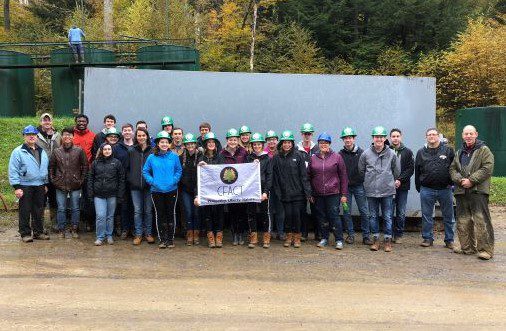Grove City College Mechanical Engineering Student Spotlight: Josh Eibeck
Video Interview: https://youtu.be/XKTWP2RlcOs Grove City College offers its students a wide variety of majors to choose from. One of the College’s most reputable majors here is Mechanical Engineering, also known by the acronym MECE. Grove City College ranked 55th nationally for the program and has been listed as a top 100 school in the country for undergraduate engineering programs for several […]
Read more


